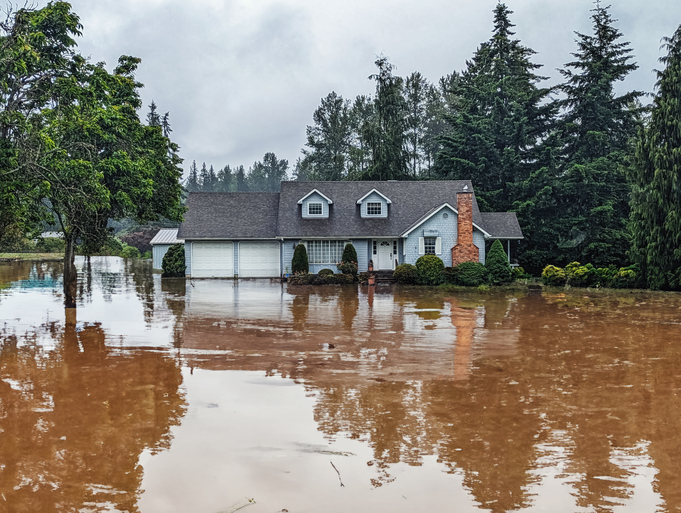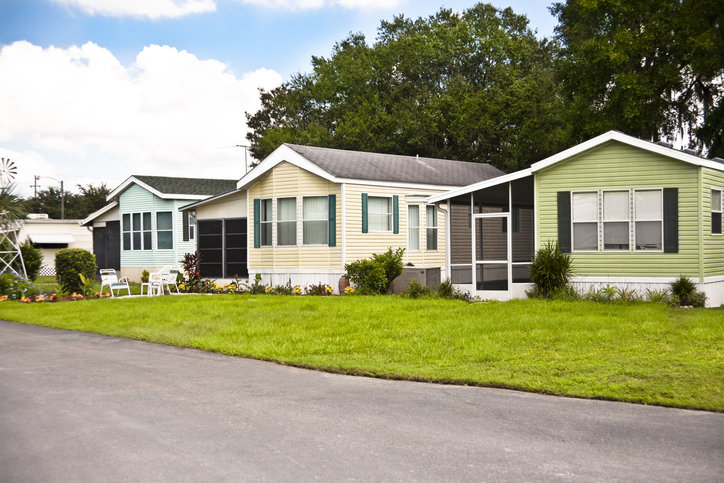
Flooding is the most common and expensive natural disaster in the U.S. The average flood claim filed was nearly $34,000 in 2024. Despite this, 96.3% of U.S. households don’t have flood insurance, and flood insurance enrollment in Pennsylvania fell 2.5% last year, according to a report published by ValuePenguin by LendingTree.
“Most homeowners don’t realize that their home insurance doesn’t cover flood damage. And they will only get flood insurance it if it’s required,” says Divya Sangameshwar, LendingTree insurance expert and spokesperson. “People aren’t grasping what the risk to their homes is and they’re more likely to cut out flood insurance because mortgage lenders require home insurance. They’re leaving their family’s most valuable asset at risk by not securing flood insurance.”
The study revealed that just 3.3% of households, on average, have National Flood Insurance Program coverage. That’s only about 4.7 million homes nationwide. Many homeowners believe flood losses will be covered by other federal programs, but that’s only the case if the affected area meets criteria that allow it to be designated a disaster area.
“Climate change continues to make weather more extreme. As a result, flood-prone areas around the country are expected to grow by nearly half in this century. With two years of back-to-back decreases in active flood insurance policies, it’s an indication that many homeowners aren’t fully aware of the growing risks of flooding,” she says.
“In Pennsylvania, 35% of flood insurance claims were outside of the FEMA-designated Special Flood Hazard Areas,” she adds. “Many people believe that flooding happens mostly in coastal areas, but in reality, rivers can cause some of the worst flooding.”
Of the more than 5.7 million homes in Pennsylvania, less than 1% have flood insurance, according to the study.
“The good news is that NFIP premiums are the same regardless of the insurer or agent you go through, so you don’t need to shop around for an NFIP policy,” Sangameshwar says. “For homeowners, rates are set based on factors such as the value of your property, the year it was built and flood risk. However, you can’t buy coverage beyond what the NFIP offers. In most cases, it covers $100,000 in personal possessions and $250,000 of your home’s value.”
For homeowners who want more coverage, private insurers also offer flood insurance policies with higher coverage limits — something that’ll be helpful for higher-value homes that would be expensive to rebuild or repair. While NFIP policies typically require 30-day waiting periods, the waiting period to be covered under private insurance is generally 14 days. However, private flood insurance can be risky. Insurers could drop your coverage in the middle of your term or decline to renew it, leaving you scrambling for a new policy.
The National Association of Realtors® has resources for members regarding flood insurance.
Topics
Member Discussion
Recent Articles
-
Manufactured Homes Serve as Affordable Options for Millions
- May 13, 2025
- 2 min. read
“Manufactured homes make up only 5% of the total housing stock but provide an alternative form of housing that meets the needs of various households, particularly in rural areas,” says NAHB.
-
Erica Rawls, Harrisburg Realtor®, Named Woman of Influence by CPBJ
- May 12, 2025
- 2 min. read
“Real estate has always been more than just a career for me – it’s a calling,” Rawls shares. “It’s about helping people navigate life-changing moments … “
-
Seller’s Property Disclosure: From the Buyer’s Side
- May 9, 2025
- 4 min. read
A lot of education about the Seller’s Disclosure Law is about a seller’s responsibilities. But what are some things that buyers (and their agents) should be taking into consideration when reviewing the Seller’s Property Disclosure Statement?
Daily Emails
You’ll be the first to know about real estate trends and various legal happenings. Stay up-to-date by subscribing to JustListed.



